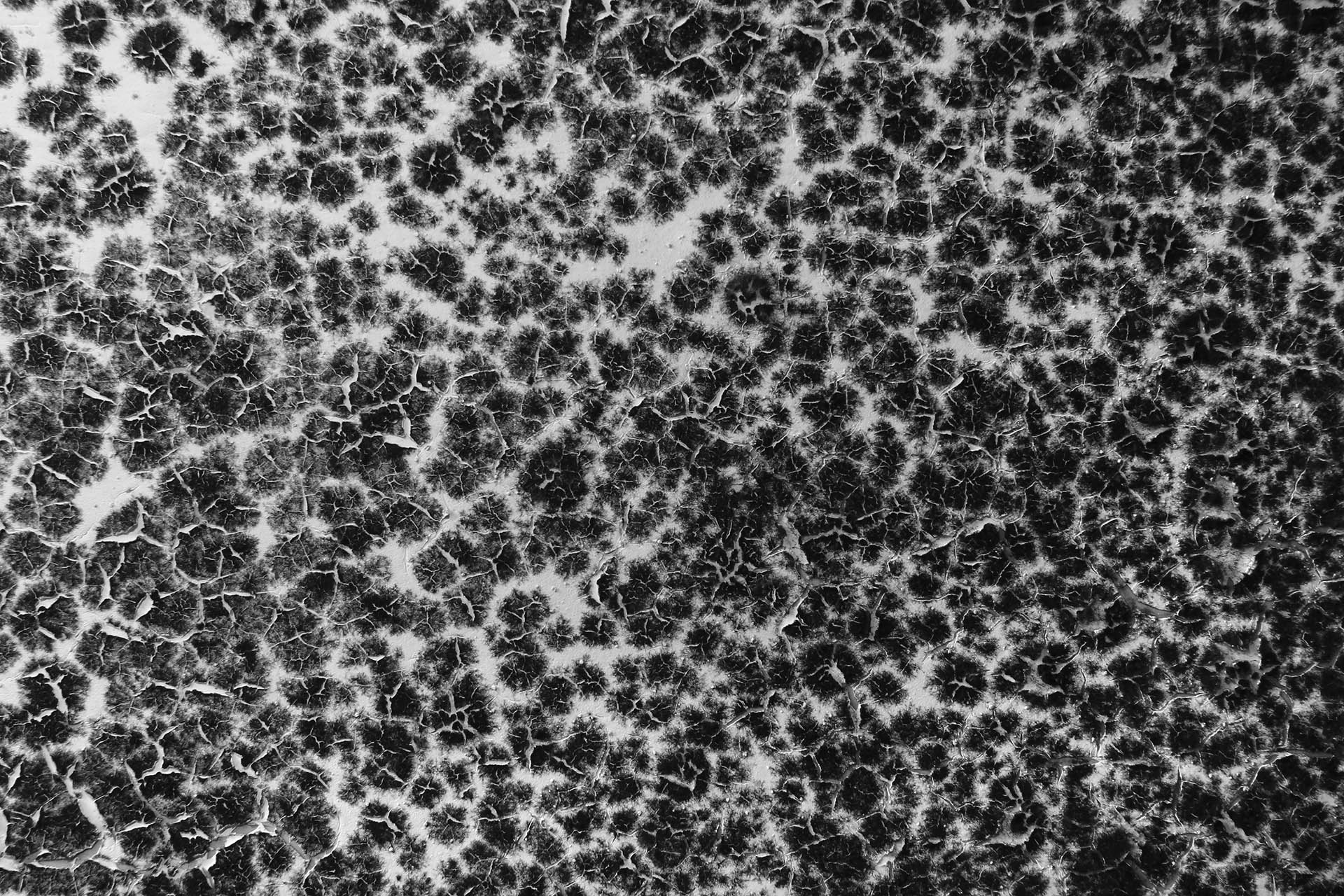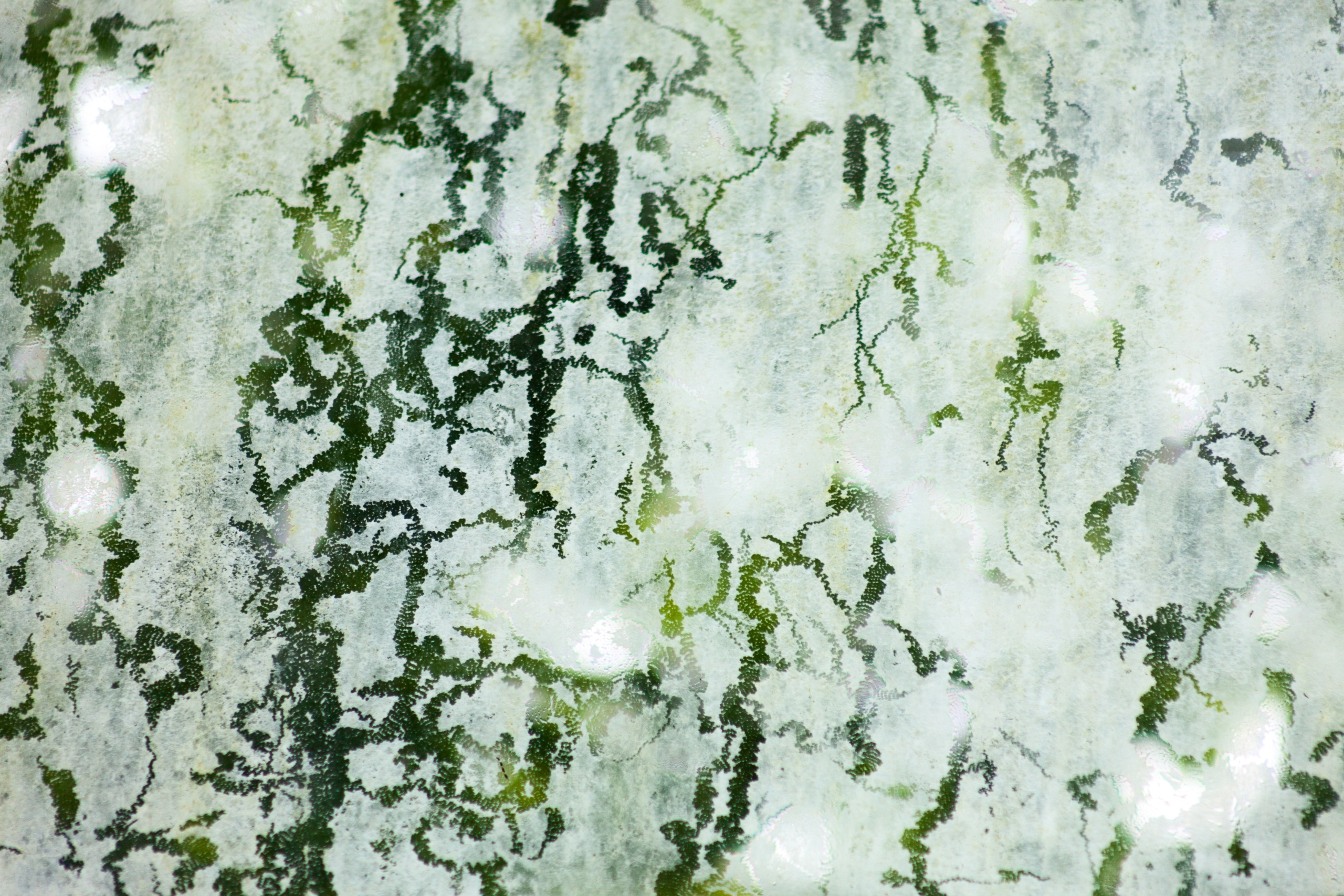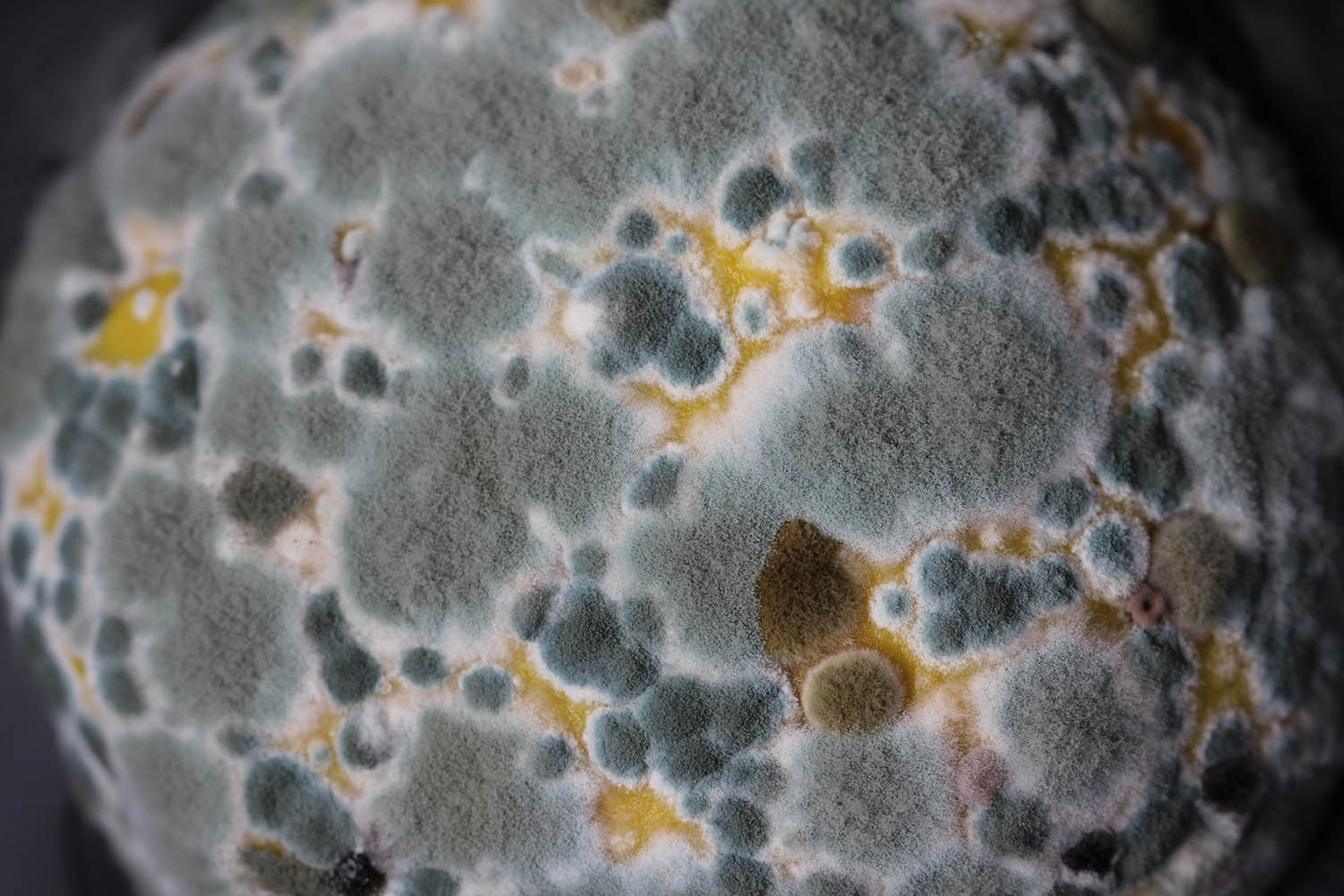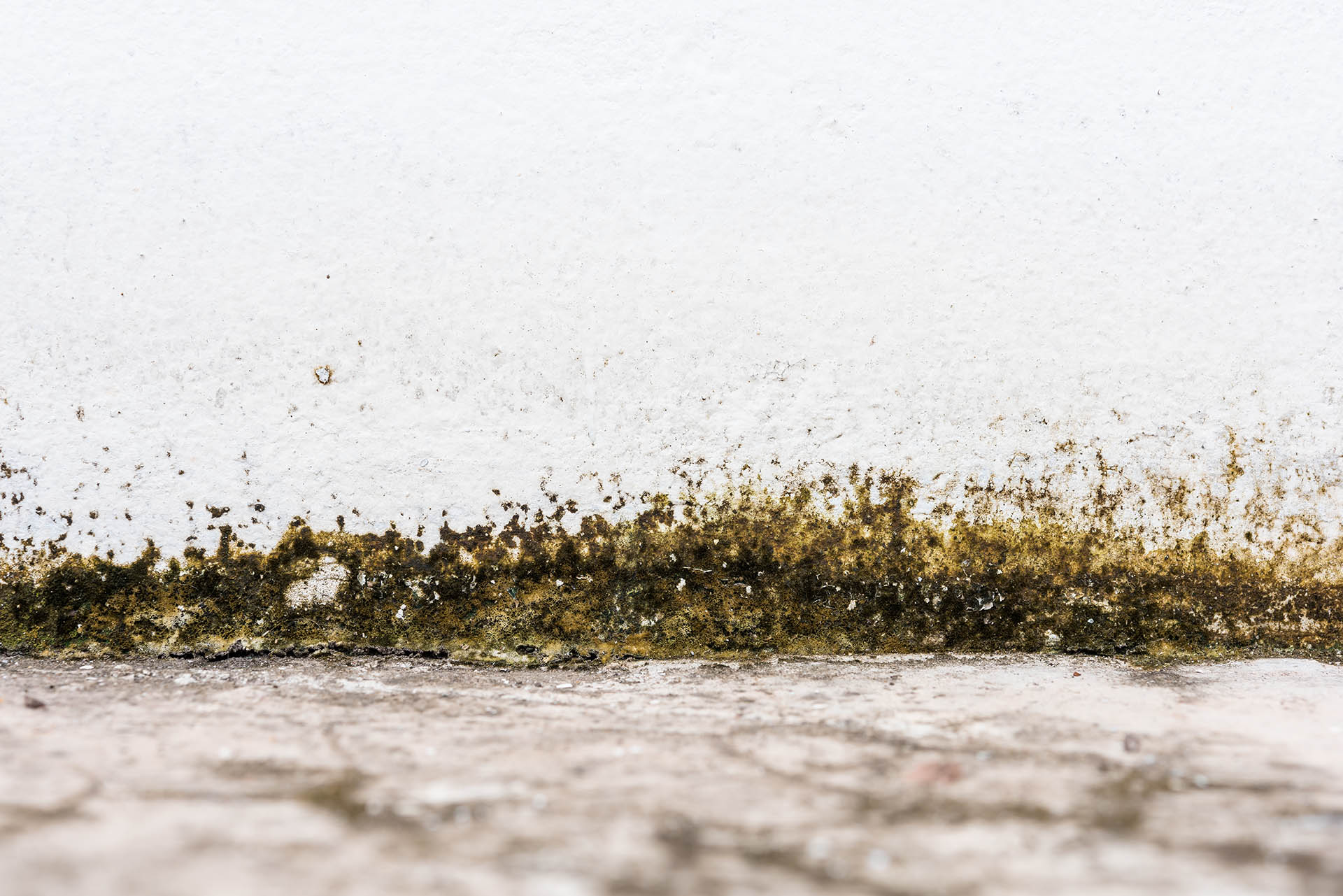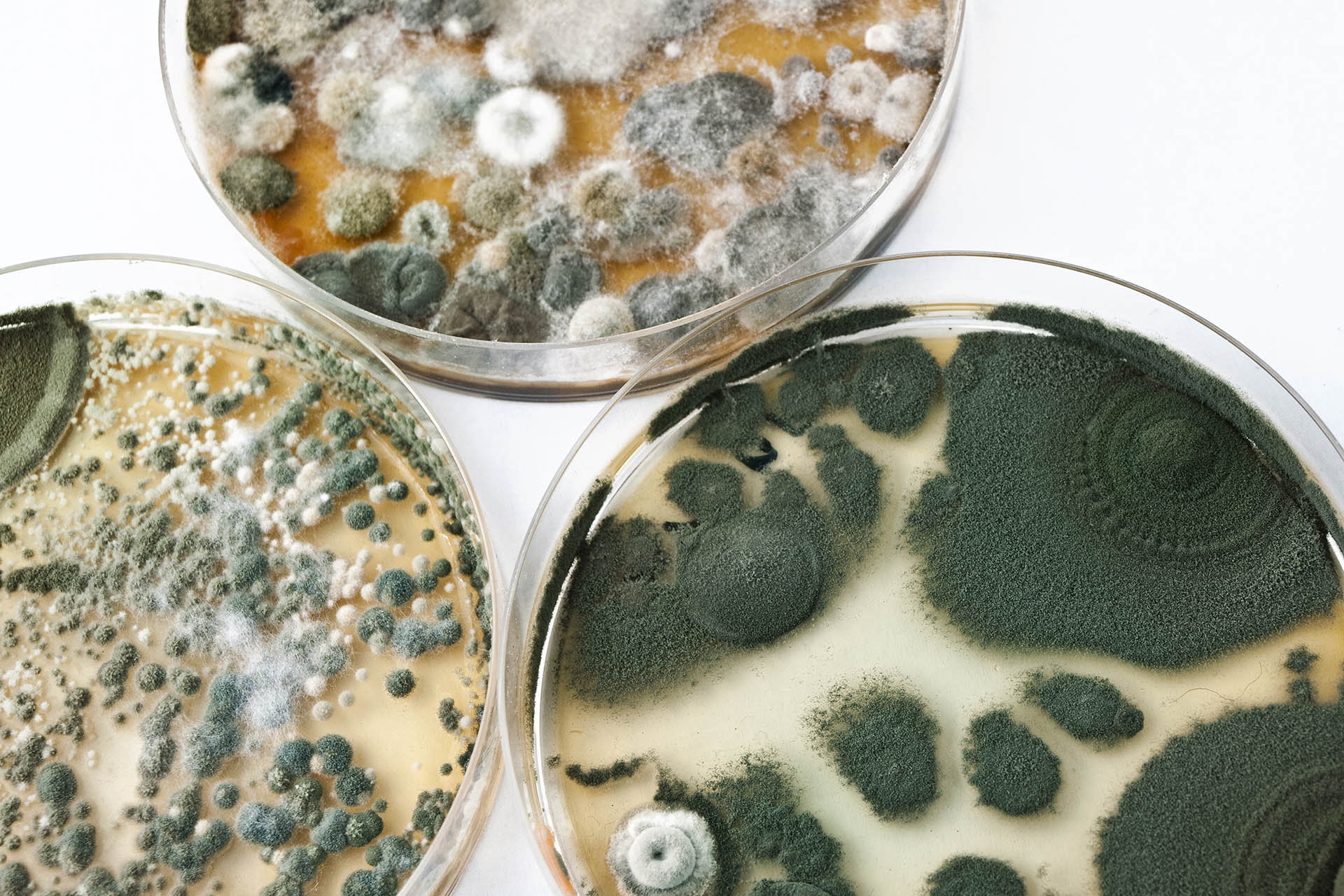Mold is harmful to your home. It eats away at wallpaper, drywall, carpet, and wood. You can experience negative health effects, from the annoying stuffy nose (more common) to life-threatening medical conditions. Learn the signs that mold is present in your home.
Visible Growth
Seeing it is the easiest way to know there is mold in your home. It’s very recognizable: slimy dark splotches, fuzzy lumps, furry patches, thread-like strands, tiny clusters of black dots. It can be black, white, orange, gray-green, olive-green or brown. Sometimes it looks like ordinary dust, but if that dust starts growing, it might be mold.
Odor
Sight may be the easiest way to know you have mold, but the smell is the most common way. The odor is difficult to describe (musty, stale, earthy, acrid—all of the above), but it is always unpleasant. If you really want to know, the next time you do laundry leave the wet clothes in the washing machine overnight. That’s the smell of mold.
Physical Symptoms
You’ve been sneezing; your nose is stuffy; your eyes are inflamed. It could be that you have an allergy or are coming down with a cold, unless you only experience these symptoms when you are at home. Then you can pretty much depend on mold being the culprit. Always consult with a physician if you feel that you are experiencing symptoms related to mold.
Condensation
Your window panes fog up. Plumbing pipes are dripping wet. Walls are damp, especially concrete walls. Condensation is a sign that there is a great deal of moisture in your home, and that moisture is a fertile breeding ground for mold. Also check the hvac overflow pan—another favorite spot for mold.
Cosmetic Damage
When mold is working behind the scenes, walls, ceilings and floors can become discolored, stained or warped. Also, your wallpaper or paint begins to bubble, crack or peel.
Past Water Problems
The chances are high that mold has developed in areas of your home that have experienced:
Flooding
Ceiling, pipe or water heater leaks
Sewer line back-up
Sink or toilet overflow
The most likely place for mold is where the water remained for the longest time, such as underneath the flooring, above the ceiling and behind the walls. Also, look for mold where the water problem originated.
Once you have searched out the mold, do not touch it. Mold spores will latch onto anything, including your skin and lungs. Call in the professionals for a precise assessment of your mold situation and how it should be addressed.
